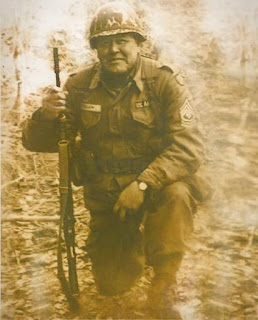The Museum Conservation Laboratories initiated a two-year project to conserve approximately 8,000 children's shoes that are part of the Memorial Collections
The Museum Conservation Laboratories initiated a two-year project to conserve approximately 8,000 children's shoes that are part of the Memorial Collections. These shoes are a poignant symbol of the suffering of the youngest victims of the German Nazi Auschwitz camp.
The project is funded by the Auschwitz-Birkenau Foundation as well as the International March of the Living in partnership with the Eitan Neishlos - איתן ניישלוס Foundation and Israeli philanthropist Mati Kochavi.
"The children's shoes are one of the most moving testimonies to the crimes committed at Auschwitz, which is why it is so important to take action to preserve them for as long as possible. In the conservation work planned, it will be particularly important to take an individual approach to each of the shoes," said Rafał Pióro, the deputy director of the Museum responsible for conservation.
As part of the two-year project, it is planned to conserve and compile descriptive and photographic documentation of approximately 8,000 shoes. Each shoe will be measured, and an object card will be made containing a photograph and a detailed description. Based on the information obtained, a database will be created on both the manufacturers and owners of the shoes.
The aim of the work will be to slow down the aging processes. Shoes consist of several different materials that affect each other. Depending on their condition, type, and characteristics, appropriate treatments will be carried out after specialized research, such as surface cleaning, stabilizing metal corrosion processes, needle stabilization of textiles, structural reinforcement of leather, and weatherproofing of metal components.
"Each of the shoes has different features, damages, traces of use by the owners, which determine the scope of conservation activities and the selection of appropriate methods and substances," said Mirosław Maciaszczyk, conservator from the Museum's Conservation Laboratories.
As a result of the work carried out, the physical and chemical conditions of the objects will be improved, which will allow for their long-term storage and exhibition.
"The preservation and detailed historical study of this very meaningful group of personal objects is extremely important for both conservation and ethical reasons. We assume that thanks to the work carried out as part of the project, at least some of the owners of the shoes will be identified, and their stories will symbolize hundreds of thousands of nameless victims," said Elżbieta Cajzer, head of the Collections.














Comments
Post a Comment